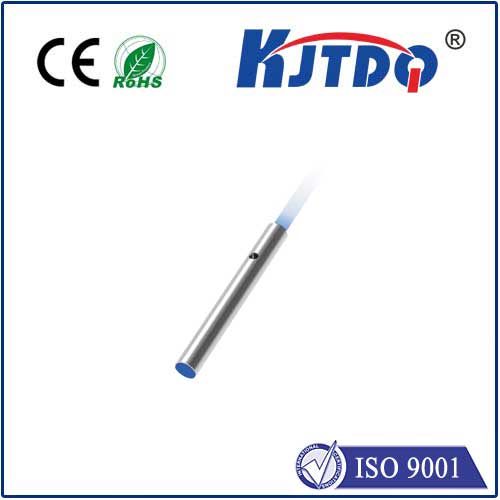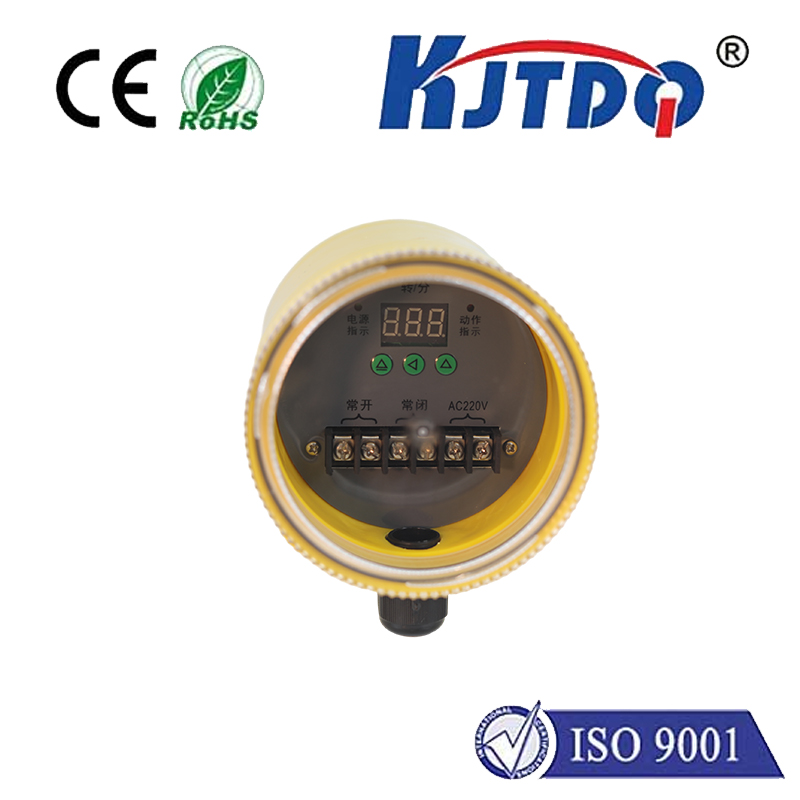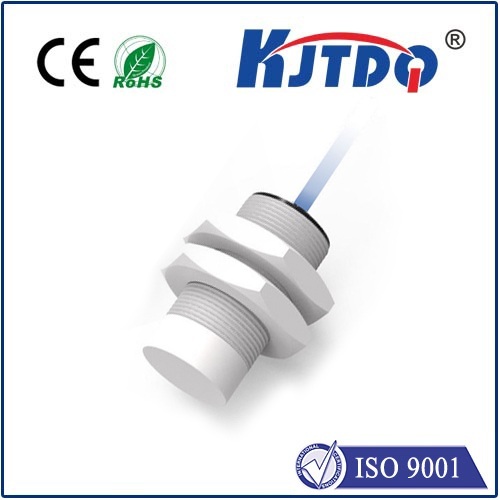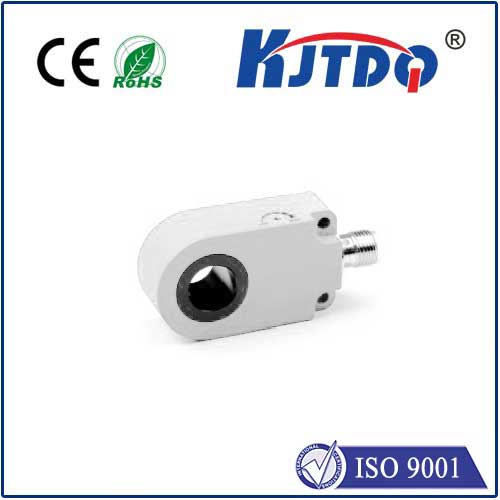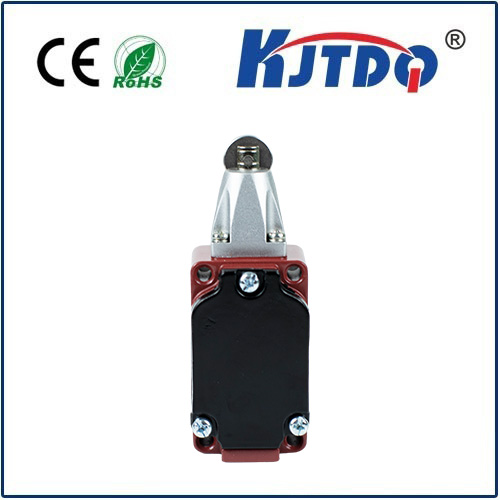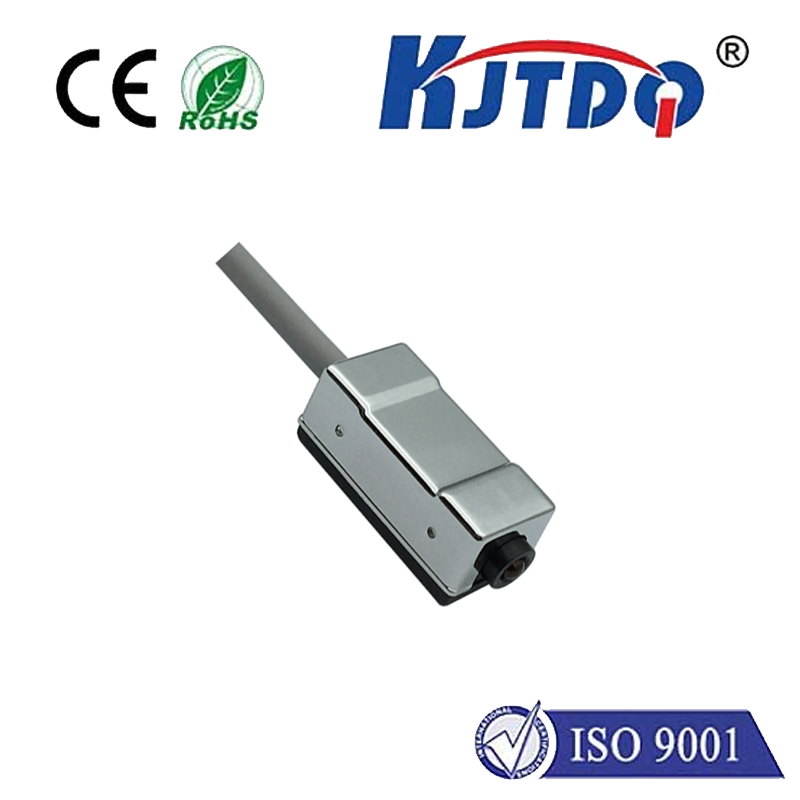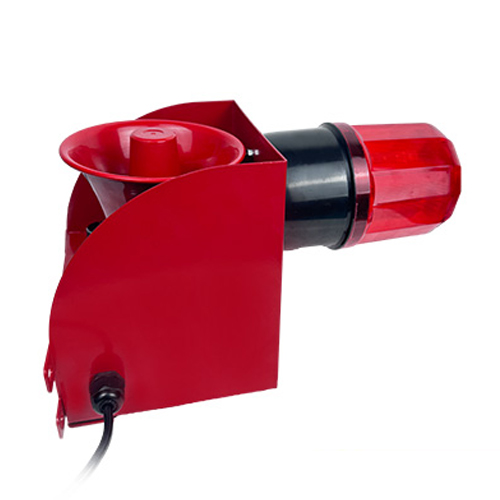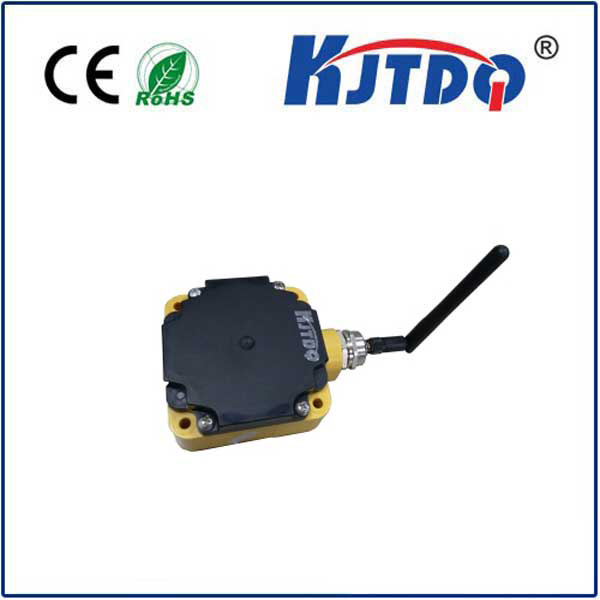hydraulic cylinder proximity sensors
- time:2025-07-06 01:42:33
- Click:0
Hydraulic Cylinder Proximity Sensors: The Unsung Heroes of Precision Motion Control
Imagine a massive excavator arm lifting tons of earth with smooth, controlled precision. Picture a high-speed industrial press forming metal components with unerring accuracy. Or consider automated factory lines where robotic arms move heavy loads with delicate finesse. At the heart of these impressive feats of hydraulic power lies a critical, often overlooked component: the hydraulic cylinder proximity sensor. These compact electronic devices play a pivotal role in translating raw hydraulic force into intelligently controlled motion, ensuring efficiency, safety, and reliability in countless applications.
Understanding the Role: Position Sensing in Hydraulic Systems
Hydraulic cylinders are the muscle of modern machinery, converting fluid pressure into powerful linear motion. However, raw power is useless without control. Knowing the exact position of the piston rod within the cylinder barrel is fundamental for:
- Precision Control: Enabling machinery to stop, start, or reverse at precisely the right point.
- Sequencing: Coordinating the movement of multiple cylinders in complex automated processes.
- Safety: Preventing over-extension or over-retraction that could damage equipment or create hazardous situations.
- Feedback for Automation: Providing real-time data to PLCs (Programmable Logic Controllers) for closed-loop control systems.
This is where hydraulic cylinder proximity sensors step in. They detect the presence (or absence) of the piston rod, typically at specific end-of-stroke positions, though they can also be used along the cylinder body for mid-stroke detection in some configurations. Their key characteristic is non-contact sensing.
How Do Hydraulic Cylinder Proximity Sensors Work?
Unlike mechanical limit switches that require physical contact, proximity sensors operate on electromagnetic principles. The most common types used on cylinders are:

- Inductive Proximity Sensors:
- Principle: Generate a high-frequency oscillating electromagnetic field from a coil within the sensor head.
- Detection: When a metallic target (like the ferrous steel piston rod or a target ring attached to it) enters this field, it induces eddy currents. This current draw dampens the oscillation, triggering the sensor’s internal switch.
- Hydraulic Fit: Ideal for detecting the metal piston rod itself. Offered in various rugged, compact form factors specifically designed for mounting on or within cylinder mounts.
- Capacitive Proximity Sensors:
- Principle: Measure changes in capacitance between the sensor’s electrode and a target. The sensor creates an electrostatic field.
- Detection: When any material (metal, plastic, wood, liquid, etc.) enters the field, it alters the capacitance, triggering the switch.
- Hydraulic Application: Less common for direct rod detection on standard cylinders (unless the rod is non-metallic, which is rare). Can sometimes be used to detect fluid levels or non-metallic actuator components near the cylinder.
For standard hydraulic cylinders with metallic rods, inductive sensors dominate the market due to their reliability, cost-effectiveness, and suitability for the environment.
Crucial Advantages for Hydraulic Applications
Why are proximity sensors the preferred choice over mechanical alternatives in demanding hydraulic environments?
- Non-Contact Operation: Eliminates wear and tear on both the sensor and the target (the piston rod), ensuring exceptionally long service life. There are no moving parts to fail mechanically.
- Contamination Resistance: Sealed sensor housings (often rated IP67, IP68, or IP69K) protect internal electronics from oil, grease, water, dust, and hydraulic fluid leaks, common around cylinders. This is a major advantage over mechanical switches.
- High Switching Frequency: Capable of detecting very rapid cylinder movements without bounce or lag, essential for high-speed machinery.
- Vibration Resistance: Solid-state design makes them highly resistant to the constant vibrations inherent in hydraulic machinery.
- Compact Size: Modern designs allow for installation in tight spaces directly on cylinder mounts, caps, or clevises, minimizing footprint and avoiding cumbersome mounting hardware.
- Reliability & Repeatability: Provides highly consistent and accurate switching points over millions of cycles, critical for process stability.
Key Applications Across Industries
Hydraulic cylinder proximity sensors are ubiquitous wherever hydraulic cylinders provide motion:
- Mobile Equipment (Construction, Agriculture): Boom positioning, bucket angle control, stabilizer deployment, implement height control (excavators, loaders, tractors, cranes).
- Industrial Automation: Press brake ram positioning, injection molding clamp position, material handling actuator limits, robotic arm end-stops.
- Factory Automation: Conveyor line actuators, palletizing systems, lifting platforms, assembly station positioning.
- Material Handling: Forklift mast height control, dock leveler position, automated storage/retrieval systems (AS/RS).
- Forestry & Mining Equipment: Harvester head control, grapple positioning, heavy-duty vehicle stabilizers.
Selecting the Right Hydraulic Cylinder Proximity Sensor
Choosing the optimal sensor involves considering several factors:
- Type: Inductive is standard for metallic rod detection.
- Sensing Distance: Must be sufficient to reliably detect the rod/target at the required position. Account for potential mounting tolerances and thermal expansion.
- Housing Material & Protection: Stainless steel sensors offer maximum corrosion resistance. Robust plastic housings (PBT, etc.) are common and cost-effective. IP rating is critical – IP67 or higher is highly recommended for hydraulic environments.
- Electrical Output: PNP (sourcing) or NPN (sinking) transistor outputs compatible with the control system (PLC input cards). 2-wire, 3-wire, and 4-wire versions are available.
- Voltage Rating: Matches the machine’s control voltage (commonly 10-30V DC).
- Mounting Style: Cylinder-specific options like threaded barrels, flanges, or specialized clevis mounts ensure secure and precise positioning relative to the rod path. Barrel sizes (e.g., M8, M12, M18, M30) and thread types are standardized.
- Temperature Range: Must withstand the operational ambient temperature range and potential heat generated by the hydraulic system.
- Target Characteristics: Size and material of the piston rod or target ring.
Installation & Integration
Proper installation is key to reliable performance. Sensors are typically mounted externally on the cylinder’s end caps, tie-rod straps, or mounting clevises. Position them so the sensing face is perpendicular to the path of the rod (or target) and within the specified sensing distance when actuated. Wiring must be routed securely, using strain relief, and kept clear of moving parts and heat sources. The output is connected to the PLC digital input card.
The Future: Smarter Sensing
While traditional discrete on/off proximity sensors remain the workhorses for end-position detection, integrated sensors are evolving:
- Analog Output Proximity Sensors: Provide a continuous position signal proportional to the distance to the target, offering more granular feedback than simple on/off. This bridges the gap towards full rod position measurement.
- IO-Link Integration: Provides digital communication, enabling easier parameter setting, remote diagnostics, and condition monitoring data alongside the basic switch signal.
However, for the core task of reliable, robust, and cost-effective detection of the piston rod at critical positions, industry-standard inductive proximity sensors continue to be the essential












